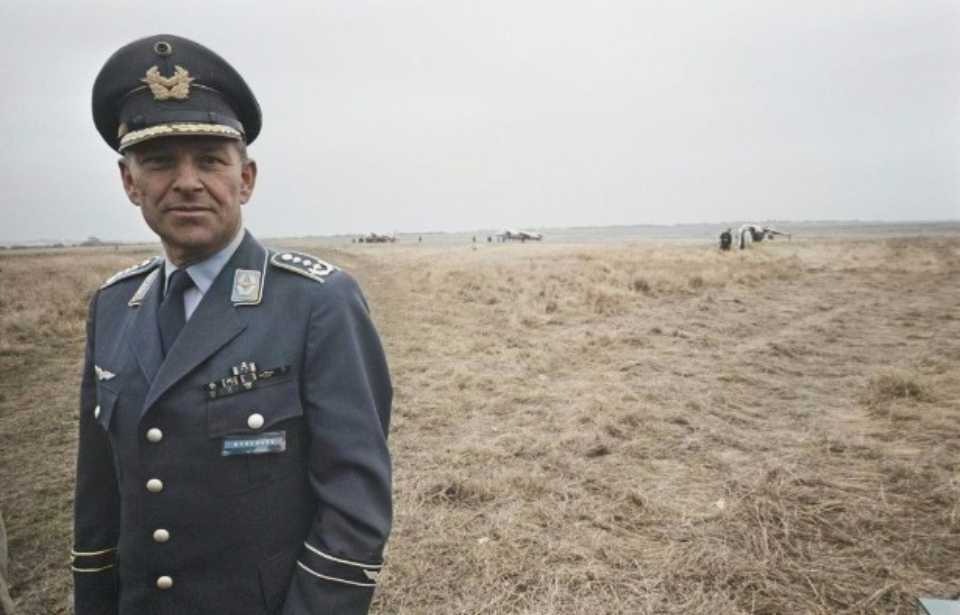Gerhard Barkhorn was a legendary, although contentious, aviator who flew for the Luftwaffe during World War II. Nonetheless, he earned a vast number of aerial victories, making him the second-highest-scoring fighter pilot in history, second only to fellow German Erich Hartmann. Following the conflict, he found himself working alongside his former enemies.
Gerhard Barkhorn’s early life
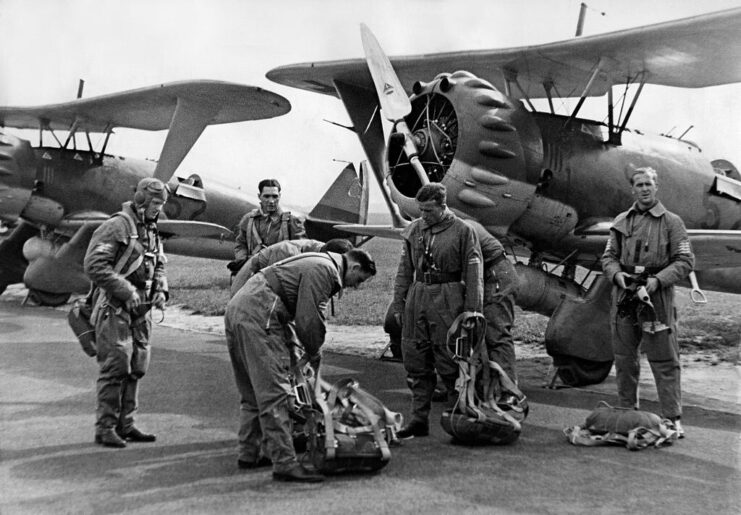
Gerhard Barkhorn was born on March 20, 1919 in what was then the Free State of Prussia. Upon graduating from school, he was required to start his mandatory Reichsarbeitsdienst, manual labor for Germany. Following this, the 18-year-old enlisted in the Luftwaffe.
Barkhorn began his service as a fahnenjunker at an air school in Dresden, before beginning flight training. He was dedicated to his education, and it wasn’t uncommon for him to fly nine times a day with his flight instructor. He trained in the Heinkel He 72 Kadett, the Focke-Wulf Fw 44 Stieglitz, the Bücker Bü 131 Jungmann and the Gotha Go 145.
By the time his training concluded in August 1939, Barkhorn had reached the rank of leutnant.
Beginning of World War II
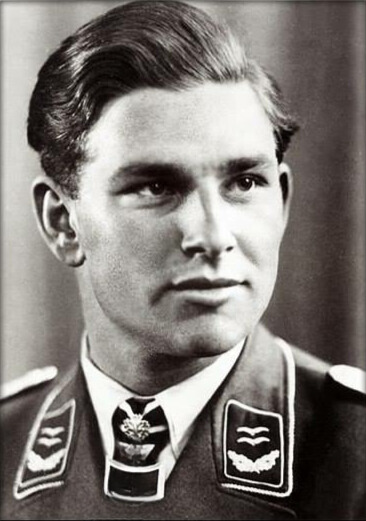
Following the German invasion of Poland, Gerhard Barkhorn was sent to train as a fighter pilot. Ironically, he was never a very good shot in training. During his first aerial target training, he made 20/100 hits; the second time, he only made 10/100. In addition to targets, he was also trained in formation flying. By the time he graduated in 1940, he’d already completed 615 flights.
When he entered the war, Barkhorn was sent on flying patrols over Belgium and France, before being moved to fly in the Battle of Britain. For his role in escorting bombers to London, he was awarded the Iron Cross 2nd Class, although he had yet to claim any aerial victories.
Only a few days later, he was shot down by Royal Air Force (RAF) pilots over the English Channel, and the Royal Navy tried their best to capture him. The Kriegsmarine rescued Barkhorn from his predicament, and he went back to flying shortly after, although he swore to never again bail out of his aircraft.
Deployed to the Eastern Front
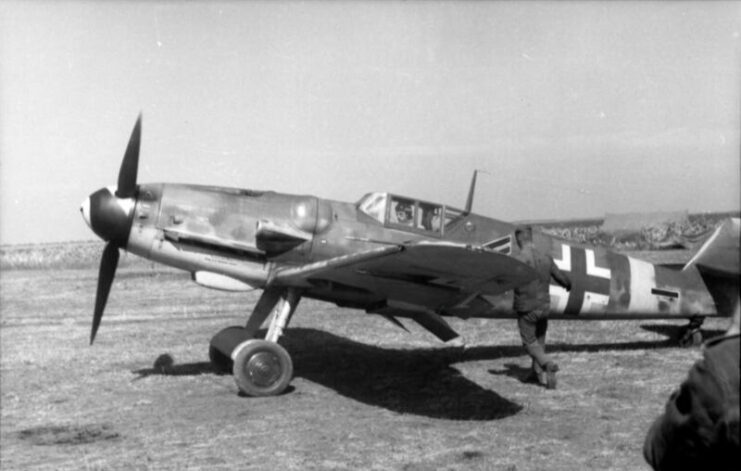
For the first half of 1941, Gerhard Barkhorn flew patrols over various occupied countries, before being sent to the Eastern Front to aid in Operation Barbarossa. While there, he finally saw success in combat. On July 2, 1941, he went on his 120th mission, claiming his first aerial victory against the Soviets while serving with Jagdgeschwader 52 (JG 52).
From then on, Barkhorn quickly amounted further victories, scoring his 100th kill on December 9, 1942 and his 200th less than a year later. When he reached 250, he was awarded the Knight’s Cross of the Iron Cross with Oak Leaves and Swords, the second-highest honor that could be awarded at the time.
He never obtained the highest (diamonds added to the medal), despite reaching 301 kills, flying 1,104 missions by the war’s end and becoming an ‘ace-in-a-day’ five times. Some say this was because he didn’t believe in the Führer‘s ideology. Nonetheless, he rose through the ranks, serving as the squadron leader of 4 Staffel, followed by 2 Staffel.
Taken as a prisoner of war (POW)
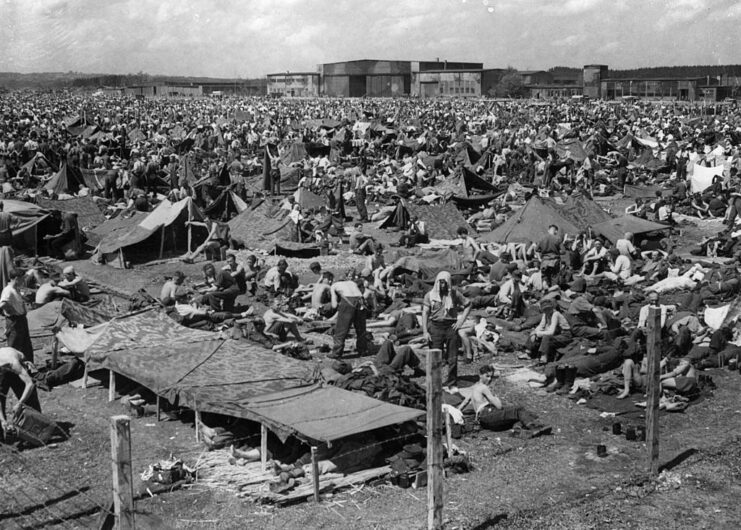
In January 1945, Gerhard Barkhorn was made the Geschwaderkommodore of Jagdgeschwader 6 (JG 6). Four months later, he joined Jagdverband 44 (JV 44), with whom he was flying when he surrendered to the Allies on May 4, 1945, near Salzburg. He was subsequently taken as a prisoner of war (POW).
A few days later, Barkhorn and five others were taken to England for interrogation, where they stayed until June. They were then shipped to a POW camp in Foucarville, France, and were held there until that September. Barkhorn returned to his family, going on to work various manufacturing jobs for the next 10 years.
Service with the Bundesluftwaffe
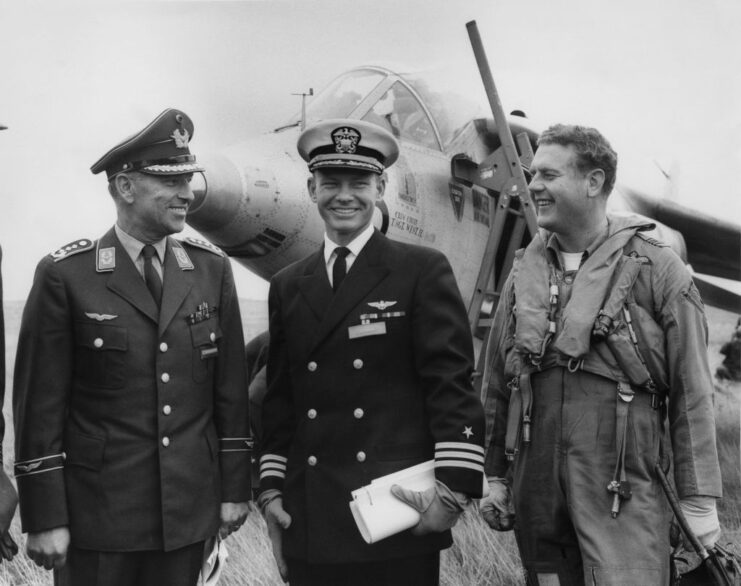
In 1955, Gerhard Barkhorn was asked to join the new West German Air Force, the Bundesluftwaffe. He was sworn in as a major on June 19, 1956. Interestingly, his role required he work closely with the air forces he’d fought against during WWII. He was trained on jet aircraft by members of the RAF, and also headed the group of German pilots who were part of the Tripartite Kestrel Evaluation Squadron in the United Kingdom.
While flying a Hawker Siddeley Kestrel on October 13, 1965, Barkhorn crash-landed at RAF West Raynham. He was rescued from the jet and jokingly claimed it as the 302nd Allied aircraft he’d taken out.
Despite his role in the Second World War, he went on to have an impressive career. At the time of his retirement in 1975, he’d reached the rank of generalmajor and was the chief of staff of NATO‘s Second Allied Tactical Air Force.
Gerhard Barkhorn’s later life and death
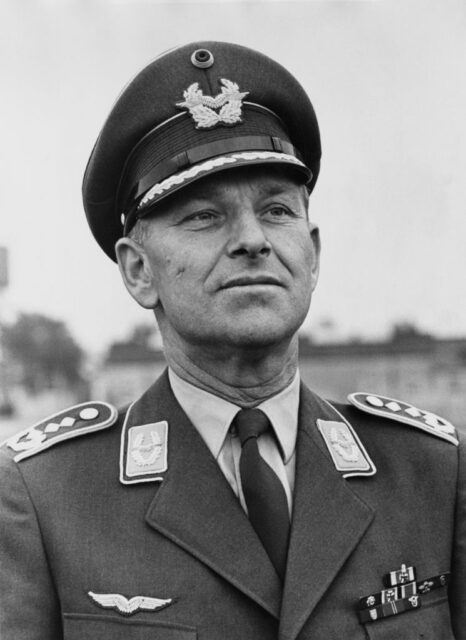
Despite so many flight hours, it wasn’t an aviation accident that killed Gerhard Barkhorn, but, rather, a car crash. On January 6, 1983, he was driving with his wife and a friend near Cologne when the accident occurred. His partner was killed instantly, while Barkhorn and his friend were severely injured and taken to a local hospital.
Both men died within a week. Supposedly, Barkhorn fell into a coma after finding out his wife had died at the scene. They were buried on January 14, 1983, with Barkhorn receiving a military funeral presided over by many high-ranking Bundesluftwaffe officers.
More from us: POW Camp 198 Was the Site of the ‘German Great Escape’
Erich Hartmann, the only pilot with more victories, spoke fondly of his former comrade, saying, “He was the fighter commander of whom every fighter pilot dreams – leader, friend, comrade and father – the best I ever met. One of the few commanders whose men thirty, forty, fifty years later, continue to speak of him with respect and affection. Gerd Barkhorn was an unforgettable man.”
